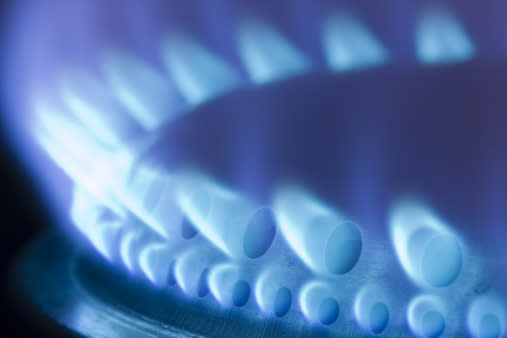European Natural Gas Trading Gains Some Transparency

In the wake of the rate-rigging scandal with Libor rates, the G20 group of nations has been trying to reform the way benchmark prices are set in the energy business. Last September, a multinational group of national regulatory agencies known as the International Organization of Securities Commissions (IOSCO) gave up on adding transparency to oil benchmark pricing.
The largest commodities brokers in Europe, though, have now agreed to set natural gas benchmark pricing on the basis of actual transactions instead of on self-reported bids, offers, and assessments. Price reporting agencies like Platts, which is owned by The McGraw-Hill Companies (NYSE: MHP), Argus, and ICIS Heren, currently collect the data and then apply a proprietary formula to arrive at a benchmark price for oil or gas.
The new indices, to be called the Tankard benchmark, will be based on physically settled natural gas forward prices executed among utilities, producers, hedge funds, banks, and trading houses. The four largest natural gas hubs in Europe will be covered by the benchmark.
Using settled contracts to set a benchmark price eliminates the potential for the kind of manipulation we saw in the Libor scandal. The oil market, which is far larger than the natural gas market, should do the same thing, but the change has been rejected once and will probably continue to be rejected for a long time to come.
Filed under: 24/7 Wall St. Wire, Commodities, Regulation Tagged: MHP

